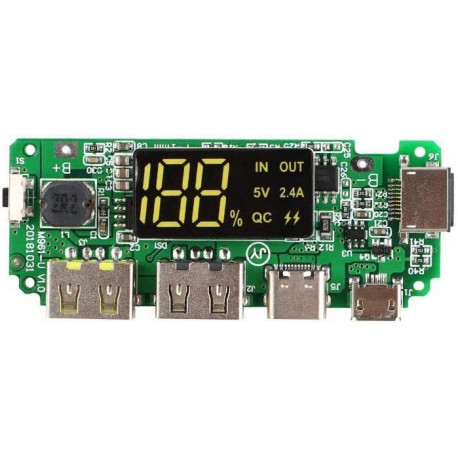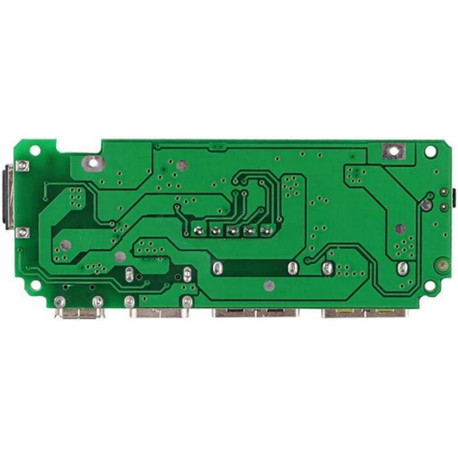18650 Charger Board Lithium Battery Charging Module Dual USB 5V 2.4A Mini Type-C Power Bank Module DIY A Lithium LiFePO4 charger is a voltage-limiting device that has similarities to the lead acid system. The differences with Li-ion lie in a higher voltage per cell, tighter voltage tolerances, and the absence of trickle or float charge at full charge. This is a question we get asked every day. Lithium batteries are different to lead acid batteries and not all battery chargers are the same. A 12v lithium LiFePO4 battery fully charged to 100% will hold a voltage of around 13.3-13.4v. Its lead-acid equivalent will be approximately 12.6-12.7v. A lithium battery at 20% capacity will hold a voltage of around 13V, its lead acid cousin will be approximately 11.8v at the same capacity. As you can see, there is a very narrow window of voltage with lithium, less than 0.5V over 80% capacity. A Lithium LiFePO4 charger is a voltage-limiting device that has similarities to the lead acid system. The differences with Li-ion lie in a higher voltage per cell, tighter voltage tolerances, and the absence of trickle or float charge at full charge. While lead acid offers a degree of flexibility in terms of voltage cut-off, manufacturers of LiFePO4 cells are very strict on the correct setting because Li-ion cannot accept overcharge. Lithium chargers are based on a constant voltage/constant current charge algorithm. The charger limits the amount of current to a pre-set level until the battery reaches a pre-set voltage level. The current then reduces as the battery becomes fully charged. This system allows fast charging without the risk of over-charging and is suitable for Li-ion and other battery types.









